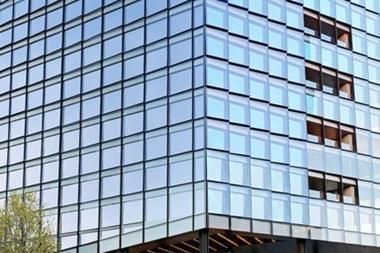Editor: It is heartening to see enquiries and demand for flexible workspace rising in response to the government’s roadmap for easing lockdown.

With large corporates such as Standard Chartered and Japanese telecommunications group Nippon Telegraph and Telephone now committing to make flexible workspace a part of their real estate strategy, the appetite for flex space among businesses of all sizes is not only recovering to pre-pandemic levels, but set to exceed them.
The horizon for the sector is bright, but this is all the more reason why flex operators should not be complacent.
Indeed, while demand is growing, so is supply. According to the Instant Group, flexible workspace supply in London continued to grow, by 4%, last year, and while growth has not yet recovered to pre-pandemic levels, in an increasingly saturated market, operators must do all that they can to stand out.
Further, an increasing volume of grey space coming to market through the pandemic presents serious new challenges — and competition — for flexible workspace operators.
With businesses adopting new cloud-based technology and digital communication tools and recognising more clearly the relationship between office space and wellbeing in lockdown, now is the time for operators to embrace technology that enhances their product.
Businesses’ relationship with their office space is changing and simply offering a desk to sit at is no longer enough.
As the ‘fourth utility’ of successful office space and effective business functionality, technology should not be overlooked.
From robust connectivity, integrated video conferencing and sensors to monitor and improve air quality, it is ‘smart’, technology-powered workspaces that will win in the fight for tenants.
Technological amenities are therefore critical to keeping assets attractive in an increasingly competitive market. Demand for flex space may be growing, but if operators and property owners fail to take note, they may well find themselves left behind.
Richard Morris, director, technologywithin





























No comments yet